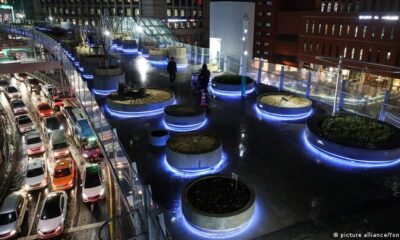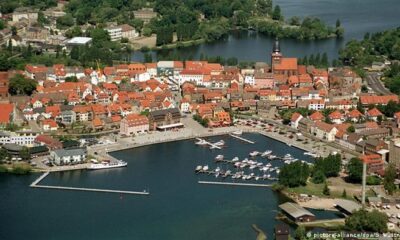THREE-hour blackouts could hit parts of the UK this winter – but how they’d impact you depends on where you live.
Government documents seen by The Sun in October revealed plans for the power cuts designed to conserve energy supplies.

Blackouts could be introduced in case of an emergency scenario where there is a massive shortage of gas, which is used to generate electricity.
Supplies to the UK have dropped in recent months following Russia’s invasion of Ukraine.
The National Grid, which supplies energy in the UK, has previously warned there might not be enough power for the country if the energy crisis continues.
And households could be paid to reduce their energy use in peak hours to help reduce the chances of blackouts.
Government plans to tackle gas shortages are split into several stages depending on the severity of the shortage.
The blackouts would only take place in a worse-case scenario, where gas supplies are reduced because more people are using their energy on colder days.
Government documents reveal the first stage would involve direct appeals to the public to reduce their power consumption.
The second is putting restrictions on companies’ electricity usage by requesting they reduce their consumption by a certain percentage.
And the final stage would involve rolling blackouts for homes across the UK.
But how the blackouts could impact you depends entirely on where you live. Below we explain everything you need to know.
When would blackouts happen?
Power in Britain is provided by a handful of providers which divide distribution between 18 blocks.
Each “block” has an assigned letter between A and U, but not including F, I and O.
What block your power falls under should be included on your electricity bill.
If it isn’t, you should get in touch with your supplier to find out.
If the blackouts were to happen, they would take place at different times across different blocks.
The Sun obtained images of when the blackouts might take place.
You can work out when your home might be impacted, if you know which block you fall under.
They could take place every day of the week in eight three-hour slots, with the first starting at 00:30 to 3:30am and ending with 9:30pm to 12.30am, according to the government documents.
Of course, there’s no certainty the blackouts will actually happen as it’s dependent on gas supplies.
The concern stems from Russia cutting off a lot of its supply to Europe following the war in Ukraine.
The severity of the blackouts range from Level 1, which would have the least impact, to Level 18, which would entail a complete blackout.
The below tables show you when certain blocks could experience energy cut offs.







Certain “protected sites” like hospitals, food manufacturers, oil refineries, some ports, financial services, essential water and sewerage installations, major airports and digital and telecommunication services may not experience blackouts.
But they may have to reduce energy consumption while priority is given to the “maintenance of life” and “minimising the risk of disasters”.
A Government spokesperson previously said: “The UK has a secure and diverse energy system.
“To strengthen this position further, we have put plans in place to secure supply and National Grid, working alongside energy suppliers and Ofgem, will launch a voluntary service to reward users who reduce demand at peak times.
“But Britons are already preparing for the worst case scenario by stocking-up on portable generators and torches in addition to winter clothing, thermal underwear and candles, according to industry reports.”

Must See
-


Tips
/ 11 months agoTen reasons for Amsterdam
Amsterdam mainly celebrates April 27th in Orange. The king’s birthday is traditionally celebrated with a...
-


Tips
/ 11 months agoTen travel tips for South Korea
A country between high-tech and tradition. A visit to East Asian South Korea is worthwhile...
-


Tips
/ 11 months agoTen reasons for Mecklenburg-West Pomerania
No other federal state has as much water as Mecklenburg-Western Pomerania. Baltic Sea waves wash...






